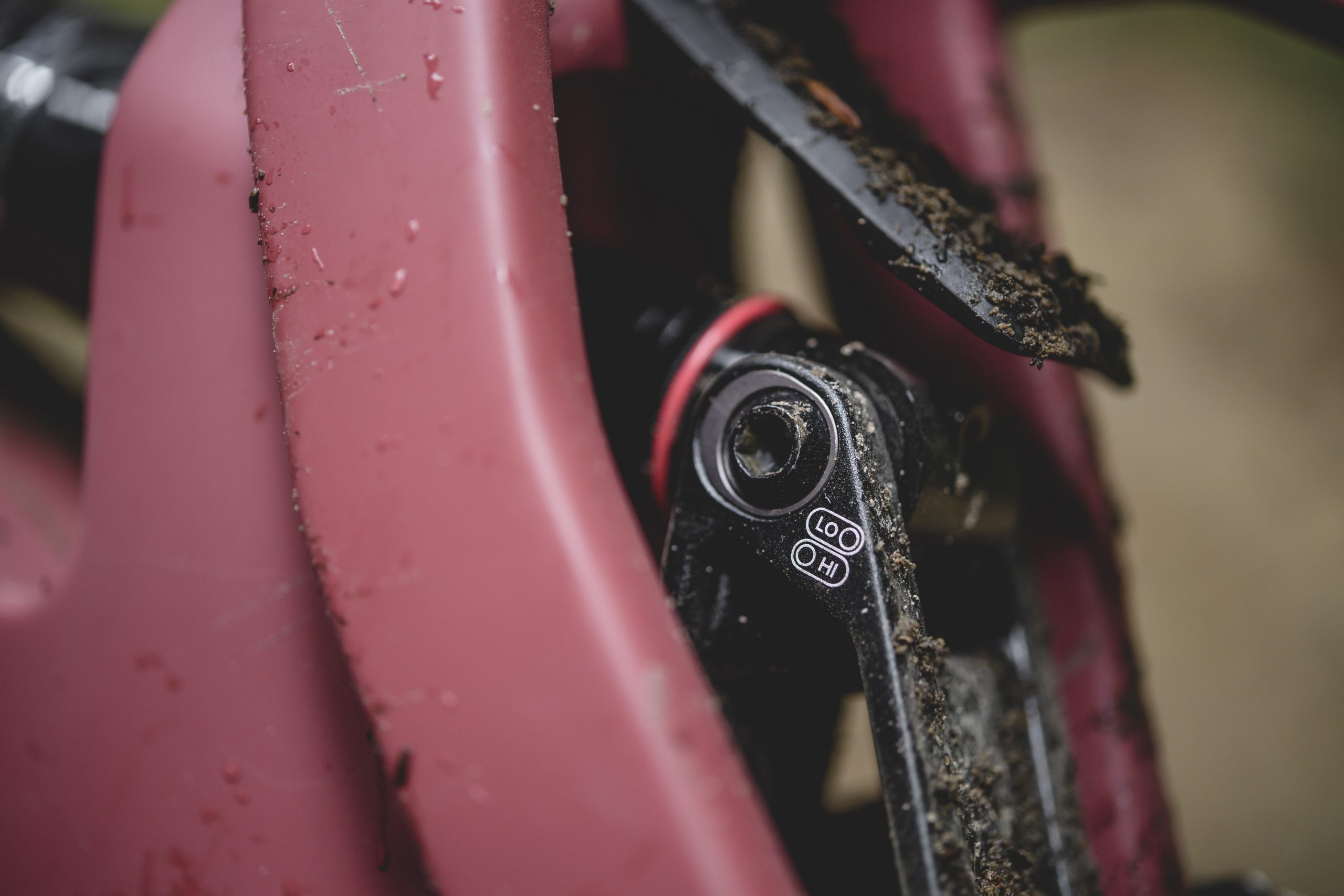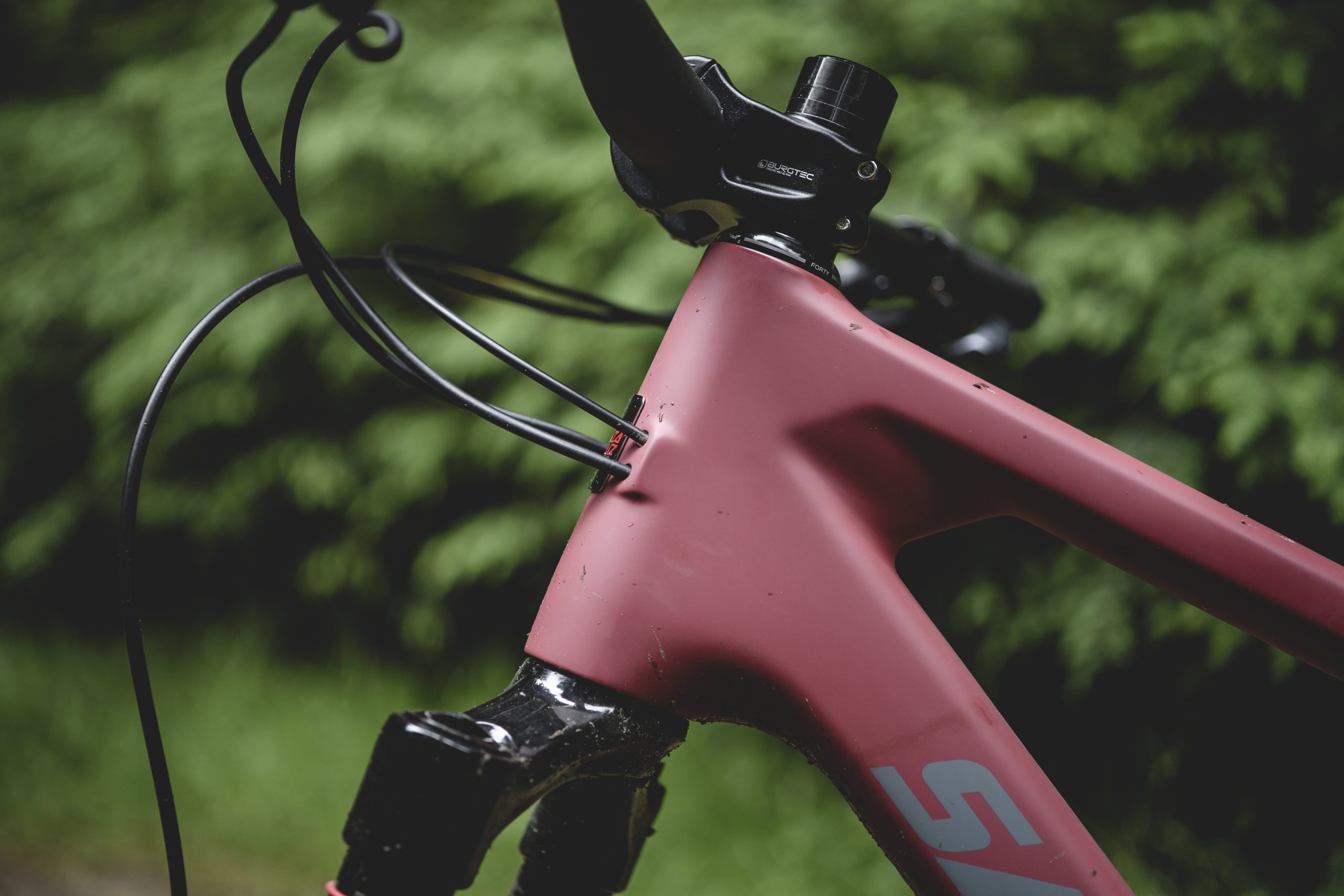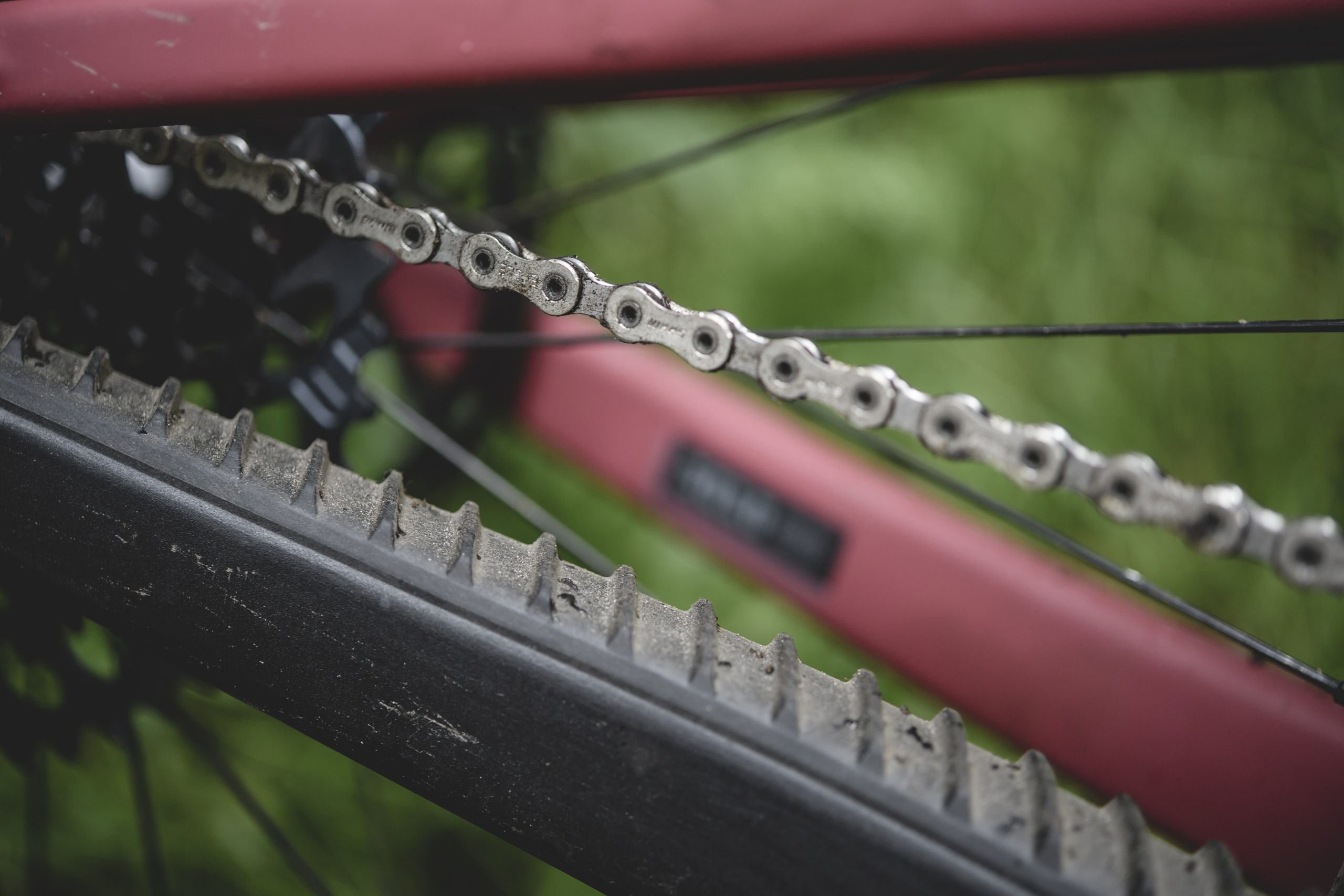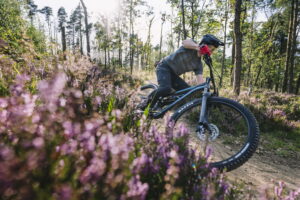Santa Cruz 5010 CC XO1 Reserve first ride
Santa Cruz 5010 (2021) gets lower link makeover and proportional chainstay lengths
The new Santa Cruz 5010 arrives with a lower-link driven shock, proportional sizing and the aim of letting you get creative with your surroundings.
>>> MBR Trail Bike of the Year 2020
Santa Cruz 5010 need to know
- Santa Cruz’s shortest travel 27.5in bike gets a lower link-driven makeover
- Updated suspension is more consistent and easier to set-up
- Also brings the ability to run a coil shock
- Proportional geometry varies chainstay length according to frame size
- Carbon frames only, starting at £4,099 for the complete 5010 C R
- Lifetime warranty

The lower link driven shock may not be new, but the 5010 gets an updated aesthetic with sharp creases and muscular bulges
What is the Santa Cruz 5010? Is it your basic, common-or-garden trail bike, with little, responsive wheels and just enough travel to kettle the chaos without leaving you numb to the trail? Or is it a new-school jibbers whip; a backlash against ever-elongating geometry and unflinching stability? Depends where you look really. Swipe right and it’s all bros slashing turns, nose-bonking trees and doing car park tricks. Which is kind of cool, but also not that cool considering your local hood rat is probably doing sicker sh*t on concrete riding a £300 BMX with no brakes. So on the one hand you have the marketing image, and on the other you have the reality, which is mostly affluent middle-age men and women enjoying their local singletrack. The two camps couldn’t be further apart. Where does the new 5010 stand in all this? Is it a toy for the Instagram generation, or a versatile trail bike that takes the very essence of mountain biking and distils it into a package that offers just enough to elevate the experience?

Flip-chip is a little fiddly to use and visibility of the o-ring when setting sag is limited. Luckily Santa Cruz’s recommended set-up pressures were spot on for us. Flipping the chip is made easier if you compress the suspension a little and use the shock bolt to remove the driveside nut.
Before I try and answer that, lets take a look at the obvious change – namely that Santa Cruz has rejigged the frame layout, bringing the 5010’s VPP system into the lower-link driven fold. This leaves the Santa Cruz Blur as the only model in the range to use the old design. What that brings, and forgive me if you’ve heard this before, is a more consistent leverage curve that’s more predictable for the rider as well as easier to set-up and tune. And because it offers better support, you can even run a coil shock should you wish; stranger things have happened.
Sizing and geo
Run the numbers against the old bike and you’ll see that the reach has gone up (particularly on the size L – the most popular, we’d hazard a guess), suspension fork travel has increased to 140mm, standover has increased on the larger frames and the head angle has got slacker. All standard stuff, but there are some anomalies. The BB height has gone up by 4mm on account of the extra fork travel and the deletion of 2.6in plus tyres from the spec, and the head tube length has increased on the medium and large frames (and shrunk on the XL), which leaves the front end of the new 5010 20mm higher on the size Large. Last, but by no means least, Santa Cruz has evolved the adjustable chainstay length introduced on the Santa Cruz Megatower last year into a full proportional geometry system with varying rear centre measurements across the size range. There are four different rear centre measurements running from 424mm to 433mm in 3mm increments, and the clever thing is, Santa Cruz doesn’t need four different swingarms to do this. By using an idea first developed by designer Owen Pemberton when he was at Norco (the Gravity Tune), and more recently featured on his Forbidden Druid, Santa Cruz changes the main pivot positions on the front triangle to manipulate the distance from the centre of the BB to the rear axle. And because each front triangle size needs a unique mould anyway, it doesn’t add anything to the production costs.
And like most other models in the range, there’s also a high/low flip chip that raises and lowers the BB by 4mm and tweaks the head and seat angle by 0.3º. Putting the bike in the lower position also increases the progression of the suspension.
Models and pricing
Six 5010 models and five women-specific Juliana Furtado models are offered, four with the heavier/cheaper C frame and two with the top-end CC carbon lay-up. At £4,099, the entry-level R gets a Fox 34 Rhythm fork and SRAM NX Eagle drivetrain, the S (£4,999) comes with a Fox 34 Performance fork and SRAM GX Eagle drivetrain, the XT gets a Pike Select+ fork and Shimano XT for £5,999 (there’s also a 5010 C XT RSV version for £7,199) and then there are two CC models with RockShox suspension and SRAM X01 drivetrain, with or without carbon RSV wheels for £6,499 and £7,599 respectively. The CC frame-only is available for £3,299.
Parts of note include a new forged Burgtec 40mm stem with wrap-around bar clamp and SRAM’s new universal derailleur hanger. This is a standardised design that aims to simplify the hassle of replacing a bent or broken hanger, by making it easy for shops to stock. It’s compatible with both SRAM and Shimano mechs, and has a damage-limitation feature where it can pivot rearwards on impact, helping protect the mech. Tyre spec is also intriguing – all models get Maxxis Minion DHR II tyres front and rear, but the fronts come with the softer MaxxGrip compound for ultimate grip at the expense of rolling resistance. It’s an interesting gamble.

Cable routing works just as well if you run your brakes moto-style. Head tube is huge on the size Large
How it rides
Santa Cruz supplied some comprehensive set-up numbers for the 5010, so to save time we dialled them into our size Large test bike and hit the trails. For reference, at 73kg we ran 160psi in the shock, which yielded 33 per cent sag. We ran the rebound six clicks from fully closed (there are ten clicks) and started on nine clicks from closed on the compression circuit (which soon evolved to ten). In the fork we ran 80psi, the rebound 10 clicks from full closed. High-speed compression was fully open and low speed was one from full open. We left the volume spacers stock.
Getting out of the car park proved harder than expected. No, we hadn’t forgotten to tighten the lovely new Burgtec stem – in fact the drag from the Minion DHR II MaxxGrip front tyre made it seem like the brakes were stuck on and the dirt had been replaced with freshly laid tar. It really was shockingly hard work, and in the absence of serious gravity-assistance, it killed any kind of speed we could generate. It sucked the life out of the ride to such a degree that we managed about four trails before clawing our way back to the car. So much for the thrill-a-minute ride we were hoping for.
A few days later we returned with the front tyre swapped for a Maxxis Minion DHF in harder MaxxTerra casing, and this time we weren’t peeling open an energy bar before we’d left the car park. Where before it had been semi-comatose, now there was some blood pumping back around the 5010.
For a short travel model that purports to be the ‘finger bike’ of the trail market, the riding position is generously spacious. The reach feels longer than its 475mm would suggest, perhaps helped by the broad 800mm handlebars (810mm with grips fitted), and the bike feels tall owing to that giraffe neck of a head tube. I ended up slamming the stem as low as it would go, but it still felt kind of lofty, and perhaps a little out of place on a bike that should be more fidgety and on edge than prim, proper and bolt upright. Still, with a steep seat angle and the new Eagle 52 cassette, it creates a happy stance for sustained climbing. Especially when pedalling manners are – as you’d expect from the VPP design – impeccable. On stepped ascents with awkward timing, I did scuff pedals a few times, but it wasn’t something I felt was excessive.
Get it on the fun stuff and the 5010 seems all grown up. It’s actually surprisingly calm, quiet and composed when you’re ploughing into holes and braking bumps. I was expecting to be putting fires out at either end of the bike down every trail, but the 5010 just rose to the challenge and got on with it. Mostly I’d pin that on the geometry, partly I’d say it was the suspension, but undeniably the ride quality of the carbon frame also plays its part, doing a stealthy but valuable job of taking the sting out of the trail. That said, it still loves to be manualled, stokes you to slash corners and savours big lungfuls of fresh air. It’s still a fun bike, but it’s also less of handful.
Verdict
Against the odds then, the 5010 seems to have matured a little. Is that a good thing? I'm not sure. When I first got on it, I expected to be able to shake it up, drop in pack of Mentos and be sent into orbit, but that didn't happen. And honestly I'm a little disappointed that it didn't. Yes, it is almost certainly a better bike than before in every way, but maybe the beauty of previous 5010s was that they weren't perfect. Just as all modern fighter jets are built so unstable that it takes a computer to fly them in a straight line, maybe the 5010 needs some inherent volatility to make it come to life. Maybe to find that wild side I need to take inspiration from the launch video. And while a finger bike might be taking it a bit far, shrinking down to a smaller frame size could be the key to unlocking the toy from the toybox.























